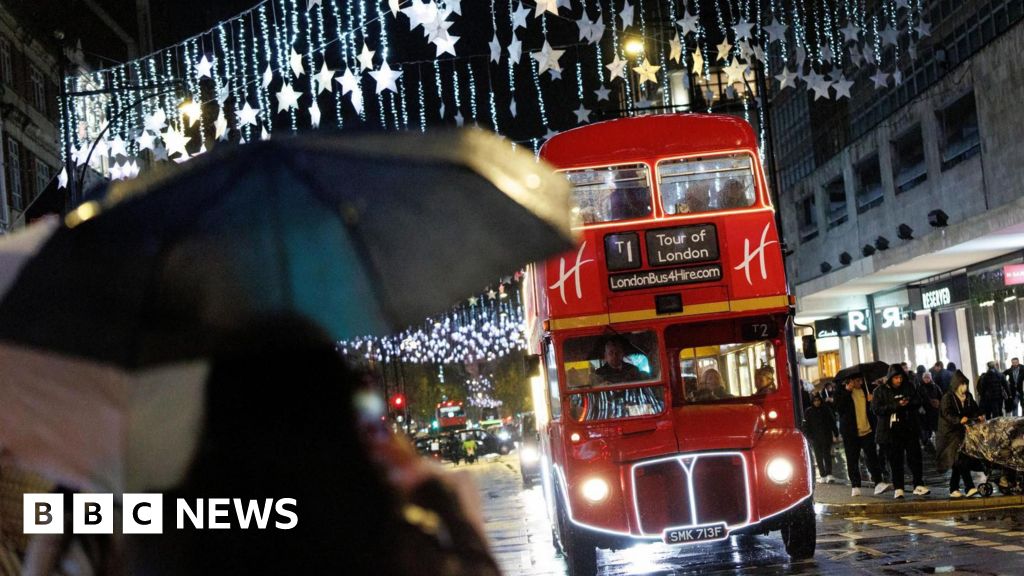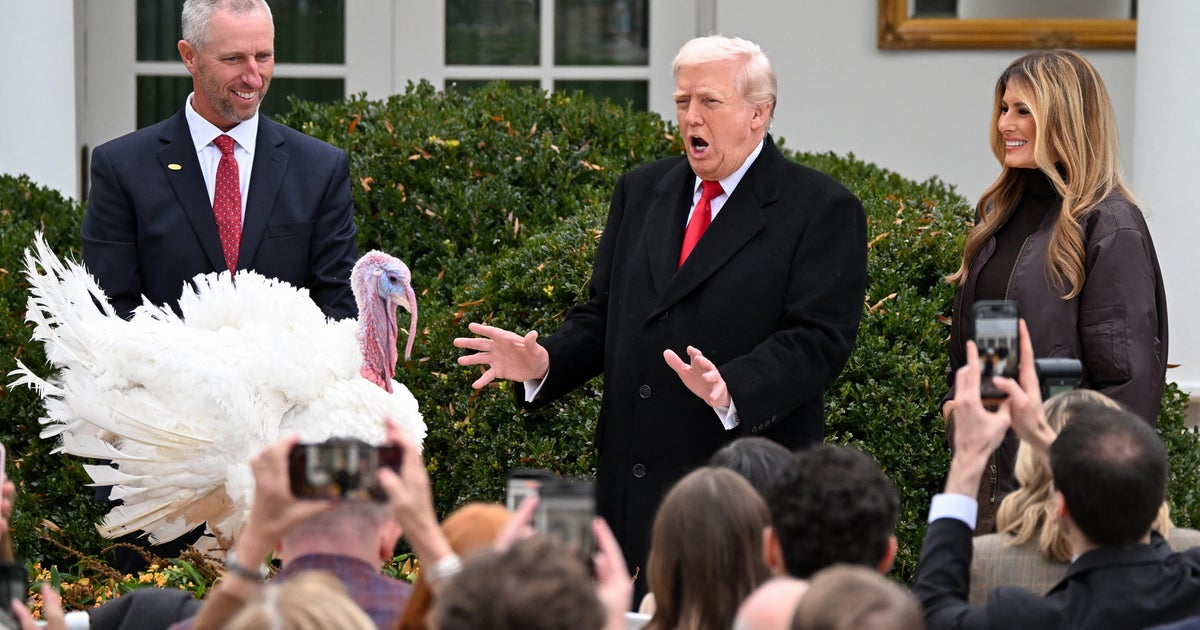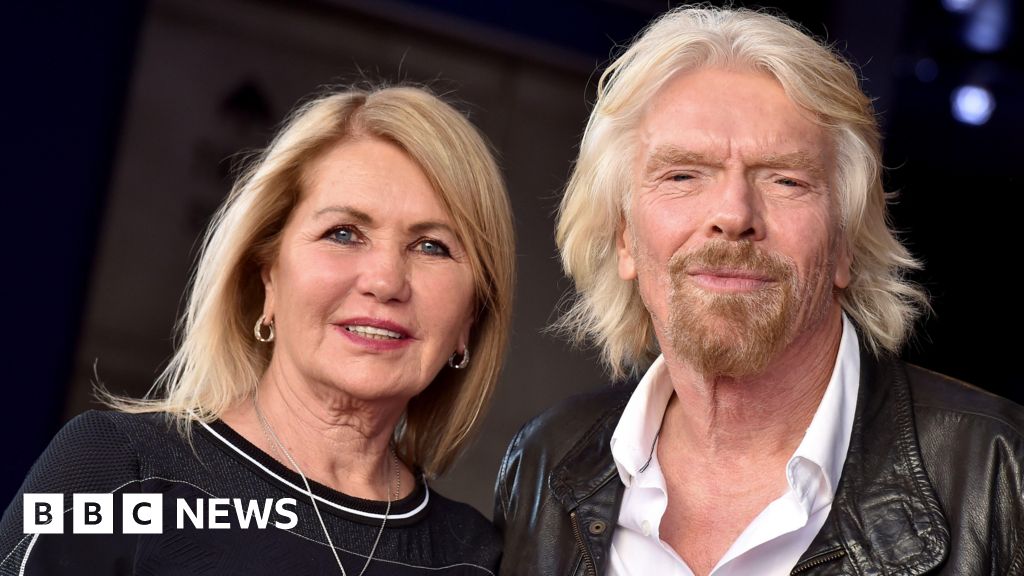
 Getty Images
Getty Images
The minimum wage will go up next April, Chancellor Rachel Reeves has announced, as part of efforts in her Budget to tackle the cost of living.
Some 2.7 million workers will see their pay packets increase.
The minimum rate for workers aged 21 and over is called the National Living Wage, while those aged 18 to 20 are paid the National Minimum Wage.
The pay rates are set by the government every year on the advice of an independent group, the Low Pay Commission, and apply across the whole of the UK.
What is the National Living wage, and how much is it worth?
Since April 2025, the National Living Wage went has been £12.21 an hour for workers aged 21 and over.
It will go up to £12.71 for those workers in April 2026.
For someone working full time (37.5 hours a week), that equates to £24,784.50, or an increase of £900 from last year.
What is the National Minimum Wage and how much is it worth?
Younger employees - aged between 16 and 20 - are entitled to receive the National Minimum Wage.
On 1 April, the 18-20-year-old-rate rose to £10 an hour, up 16.3% from £8.60. Next April, it will increase by 8.5% to £10.85.
This increase will be equivalent to £1,500 annually for a full-time worker.
The government said its goal is to eventually scrap this separate rate for 18-20-year-olds, and have one rate for all adults.
The minimum wage for 16- and 17-year-olds is currently £7.55 an hour. It will increase by 6% to £8 an hour in April.
What is the apprentice rate and how much is it worth?

 Getty Images
Getty Images
There are different rates of pay for apprentices depending on your age and what stage of your apprenticeship you are in.
Apprentices aged 16 to 18 are entitled to the National Minimum Wage rate for that age group which is £7.55.
This will go up to £8 in April.
Those aged 19 or in the first year of their apprenticeship are paid the same amount.
But those over 19 - or who have already completed their first year - are entitled to the appropriate National Minimum Wage or National Living Wage rate for their age.
Who doesn't qualify for the National Minimum Wage and National Living Wage?
Some workers don't qualify for either the National Minimum Wage or the National Living Wage.
This includes the self-employed, company directors, volunteers, members of the armed forces and prisoners.
People with disabilities or in long-term unemployment who take part in government work programmes are paid fixed amounts at different stages of the scheme.
These are less than the equivalent National Minimum or Living rate.
Do employers have to pay the National Minimum Wage and National Living Wage?

 Getty Images
Getty Images
What happens if employers don't pay the right wage?
What is the Real Living Wage and how much is it?
The Real Living Wage is an unofficial hourly rate of pay which is overseen by the Living Wage Foundation charity.
It is aimed at UK workers aged 18 and over, but is voluntary, and firms can choose whether or not to pay it. The wage increases every October.
According to the charity almost 500,000 employees working for more than 16,000 firms receive the voluntary rate of pay.
From October 2025, it means workers in London earn at least £14.80 an hour - the London Living Wage - up by 95p, an increase of 5.3%.
In the rest of the UK, the rate increased by 85p to £13.45, a 6.7% rise.
The Living Wage Foundation says the rate is worth £2,418 more per year than the legal minimum wage in the UK, and £5,050 more in London.

 2 hours ago
2
2 hours ago
2

















































